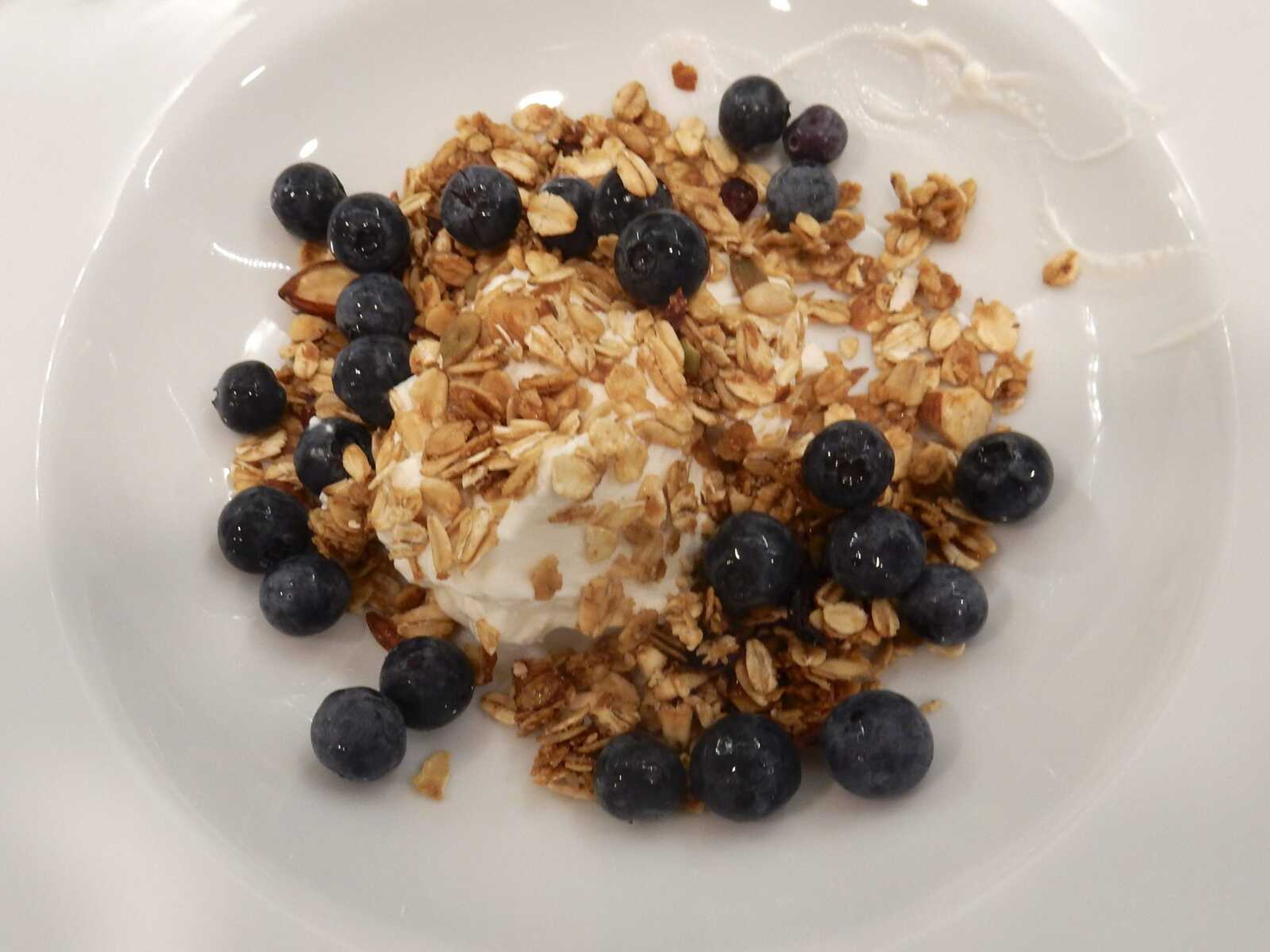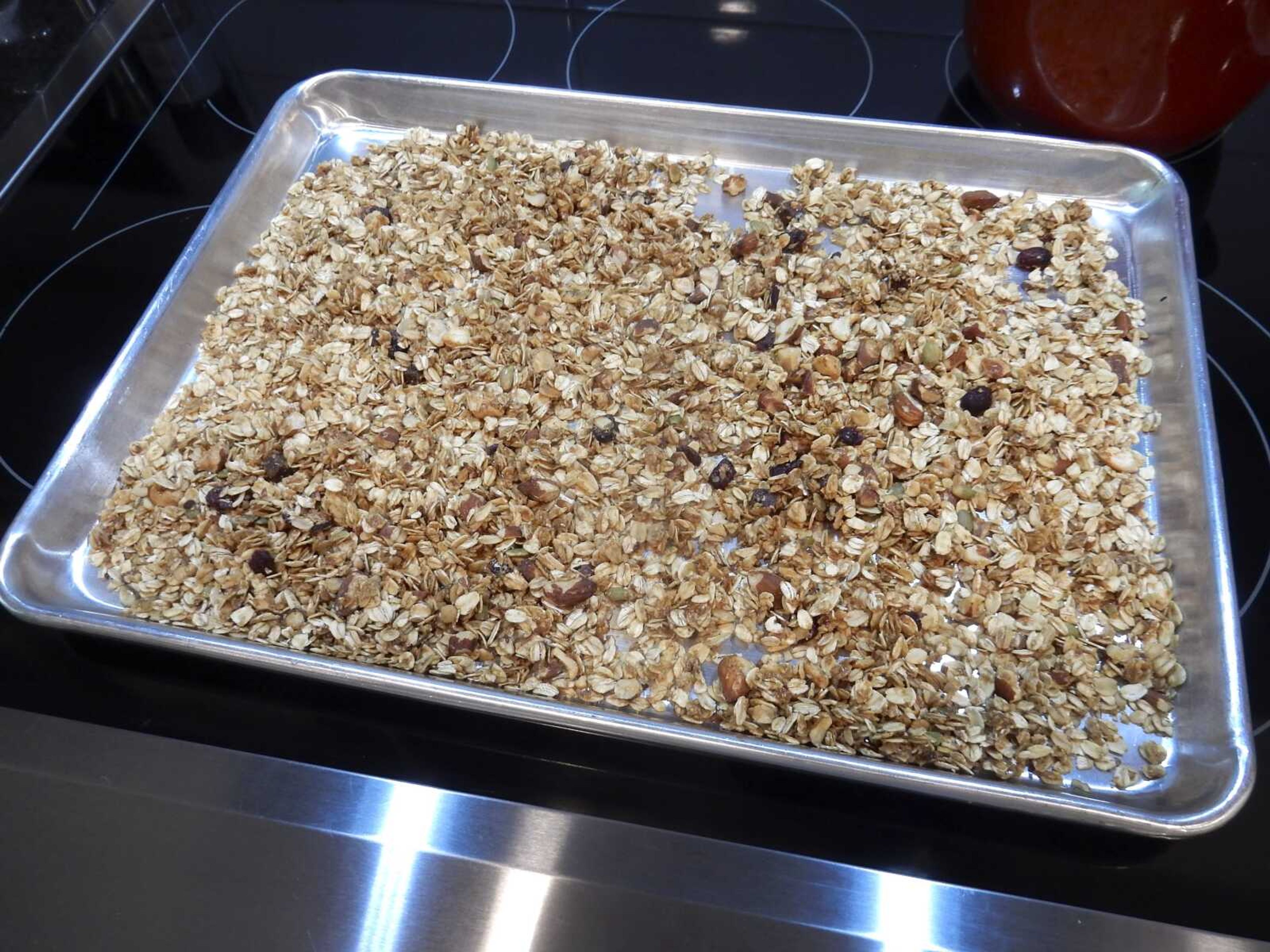What's for breakfast?
You've probably heard the old adage: Breakfast is the most important meal of the day. You might have thought the phrase was coined by a committee of nutritionists or the Food and Drug Administration, but the truth is it actually originated in 1944 as part of a marketing campaign launched by General Foods to advertise breakfast cereal. Thus, the second-most important ingredient in the widespread popularity of breakfast cereal is advertising. (The most important is sugar.)...
You've probably heard the old adage: Breakfast is the most important meal of the day. You might have thought the phrase was coined by a committee of nutritionists or the Food and Drug Administration, but the truth is it actually originated in 1944 as part of a marketing campaign launched by General Foods to advertise breakfast cereal. Thus, the second-most important ingredient in the widespread popularity of breakfast cereal is advertising. (The most important is sugar.)
Though some of today's cereals are a far cry from the healthy foods their inventors envisioned, cereal itself nonetheless has played a vital role in the history of human civilization. In fact, according to anthropologists, the cultivation of cereals is what made civilization possible.
Before humankind learned how to grow cereal, the oldest form of agriculture, humans were hunters and wanderers and dependent upon the available supply of animals for food. Once humankind learned how to raise cereal for food, life changed from that of wanderers to that of people who could settle down in the same place and grow crops. This innovation paved the way for leisure which made possible all of the main achievements of humankind such as science, language and literature.
Over the millennia, civilization has progressed and so has breakfast cereal -- from the gruel favored by the ancients to the modern-day cereals of today which, alas, are sugar-laden treats marketed to children. However, the original cold breakfast cereals of the modern era were meant to be healthy foods. Invented by nutritional pioneers such as John Henry Kellogg or Sylvester Graham, inventor of the graham cracker, they were meant to be nourishing and nutritious.
Among the earliest of these cereals was granola, still a staple today. However, these days you have to be careful with granola because, with flavors such as Almond Joy or peanut butter chocolate chip, some of it is little more than cookies masquerading as health food. A steady diet of such high-fat, high-sugar concoctions can render these versions real cereal killers.

This was not at all what granola was meant to be. It was first invented in 1863 by Dr. James C. Jackson of New York, who originally called it granula from the Latin word for grain or granular. Dense and chewy, it had the texture of rocks and had to be soaked in milk overnight before you could dare try to eat it. Later Dr. Kellogg got into the act and devised his own form of granola, which he also called "granula" until he was threatened with a lawsuit by Dr. Jackson and so changed one letter in the name and called it "granola."
Over time it was squeezed out of the market by Dr. Kellogg's other great invention, Corn Flakes. Then in the sixties with a renewed emphasis on healthy eating, granola was rediscovered. It returned to supermarkets in 1972 when the first major commercial granola, Heartland Natural Cereal, made by Pet Milk of St. Louis, was introduced.
Though there are some healthy granolas on the market, the best way to insure you're eating a healthy granola is to make it yourself. It's not difficult. Besides, a bowl of homemade granola is a much better way to pay homage to the civilizing influence of cereals on the human experience than a bowl of Lucky Charms any day.
Georganne Syler's Granola
This is hands down the best granola I've ever tasted. The recipe is courtesy of Georganne Syler, a nutritionist who knows a thing or two about healthy food, and as one of the best cooks in Cape Girardeau, knows how to make food delicious, too.
- 4 cups old-fashioned oats
- 1 cup nuts (pecans, walnuts, or almonds)
- 1/4 cup brown sugar
- 1/4 cup honey
- 1/2 teaspoon salt
- 1/2 teaspoon cinnamon
- 1 teaspoon vanilla
- 1/4 cup oil
Combine oats and nuts. Stir together brown sugar, honey, salt, cinnamon, vanilla and oil. Pour over oats and nuts and toss to roughly coat dry ingredients. Spread out on a foil-lined sheet pan and bake at 300 degrees for 30 to 40 minutes until golden, stirring occasionally every 10 to 15 minutes. Cool on rack, adding dried fruit if you desire.
Connect with the Southeast Missourian Newsroom:
For corrections to this story or other insights for the editor, click here. To submit a letter to the editor, click here. To learn about the Southeast Missourian’s AI Policy, click here.










